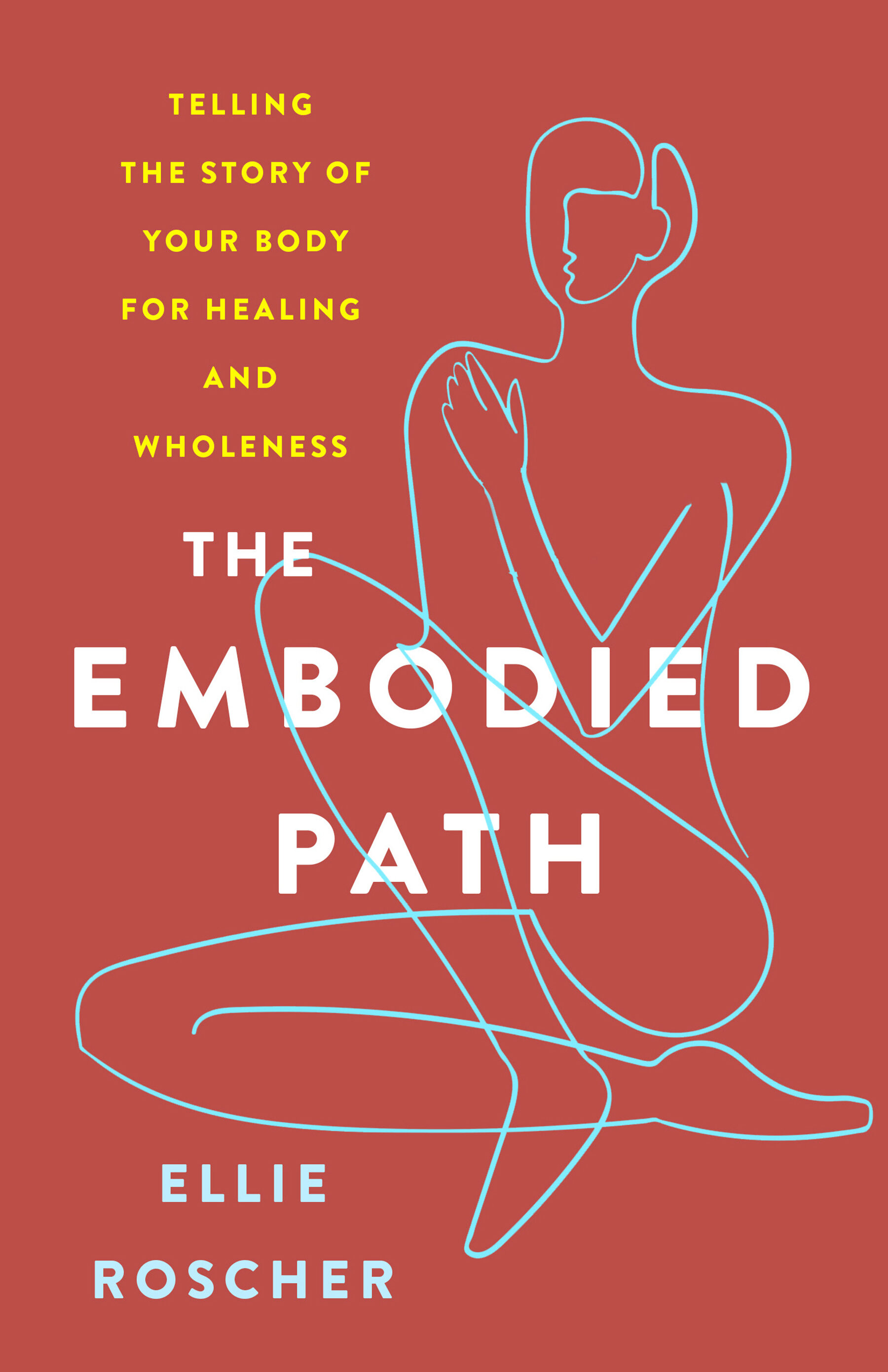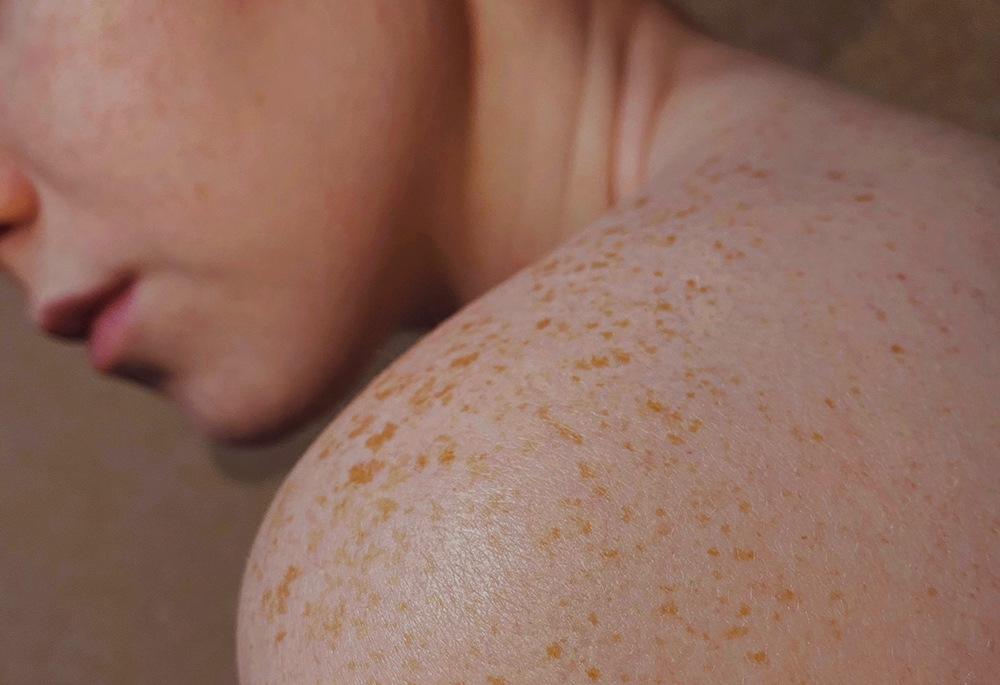
(Unsplash/Sincerely Media)

I became a writer by being a reader, and I became a reader to escape my body. When I was consumed by pain due to my childhood chronic illness, I learned there was a magical backdoor in my mind that led to Narnia, to 19th-century New England, or simply to a secret garden. Books could take me away.
Authors writing about embodiment face a paradox: Words help us share what we've learned and invite each other to new ways of being in the world, but the written word can also be a tool for separating us from our bodies and even from each other. How do we help our readers move from understanding concepts to incarnating truths?
In The Embodied Path: Telling the Story of Your Body for Healing and Wholeness, Ellie Roscher seeks to reclaim writing as an act of reintegration with our bodies, our stories, and ourselves. Its unique structure is part anthology, part memoir, part workbook. Each of the seven chapters includes multiple "body stories" retold from interviews with people Roscher knows, stories from Roscher's own life and writing prompts and breath practices for readers to follow.
While the stories illustrate various aspects of life with our ever-changing human bodies, their ultimate purpose is to illuminate and inspire a new telling of the reader's own body story using the practices and prompts. Reading and writing become avenues back into the body, rather than away from them, allowing each of us to reclaim agency within our own stories through their retellings.

(Unsplash/Valeria Smirnova)
Along the way, more than 20 stories offer wisdom from many different kinds of embodied lives. Readers meet wheelchair user Rebecca and cancer survivor Kevin, whose stories invite us to pay attention to the ways our own bodies or others' are marginalized by ableism. We are allowed to witness Justin's and Sawyer's gender-expansive lives. The body story of Linda, a lesbian nun, offers us a chance to reflect upon our various identities and how they affect our belonging in different spaces. Elizabeth's story allows us a joyful glimpse into a life told through tattoos. Fardosa, who is hijabi, and Sage, who is Black and mixed, share two very different narratives about reclaiming the self from the white gaze.
Roscher characterizes all of these stories as "counter-stories." As she defines them, "counter-stories are told to resist, repudiate, subvert, contest, and undermine the master narrative. They don't buy what the dominant culture is selling." Of course, choosing to claim the wisdom and importance of body stories is itself a counter-narrative to the Gnostic tendencies of dominant culture. However, Roscher's stories themselves continually remind readers to pay closer attention to "master narratives" of privilege and oppression, as well as to how our bodies tell more complicated, more liberatory and truer stories about who we are and how we relate to each other.
While each story is told with sensitivity and artistry, the first-person narratives of Roscher's own body are especially compelling. Throughout the book, she shares stories from various parts of her body and times in her life. With honesty, attention to her own context, self-compassion and humility, Roscher "goes first" in crafting her body story, creating a space of hospitality where the reader can envision and write their own.
Advertisement
Readers will want to pay special attention to the introduction and the chapter titled "How to Use This Book," as the rest of the book is dense with narrative material and light on instruction. Roscher tells us to "go slowly," a reminder that could probably be reiterated with every chapter. The writing is compelling, but body stories are intense. Breath practices can be unfamiliar and often reveal their gifts with repetition. Writing the stories of our own bodies is difficult emotional and mental labor. This is a book that explicitly asks for the reader's engagement, and might accompany a journey of weeks or months.
The Embodied Path is a rich, kaleidoscopic resource — the kind of book readers could return to and experience differently every few years. In fact, the ever-changing nature of our bodies and our stories is a major theme of the book. As Roscher writes: "We are the main characters of our own stories, and we can consciously fall in love with our lives and our bodies as they unfold, expand, and become."
Long after childhood, writing my body story has offered me a path to reintegrate with my own sick body and to resist the ableism within and around me. Even so, the breath exercises and writing prompts in The Embodied Path inspired me to journal about a different body story from the last year — reminding me that meeting our bodies and telling their truths is never a completed project. It's a beautiful and empowering journey that continues on.




